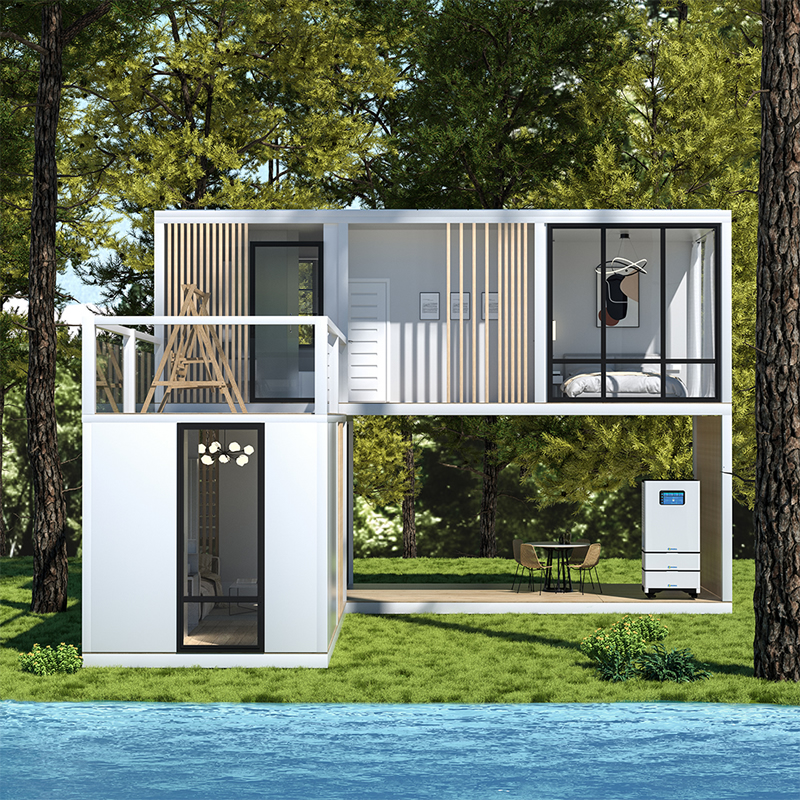
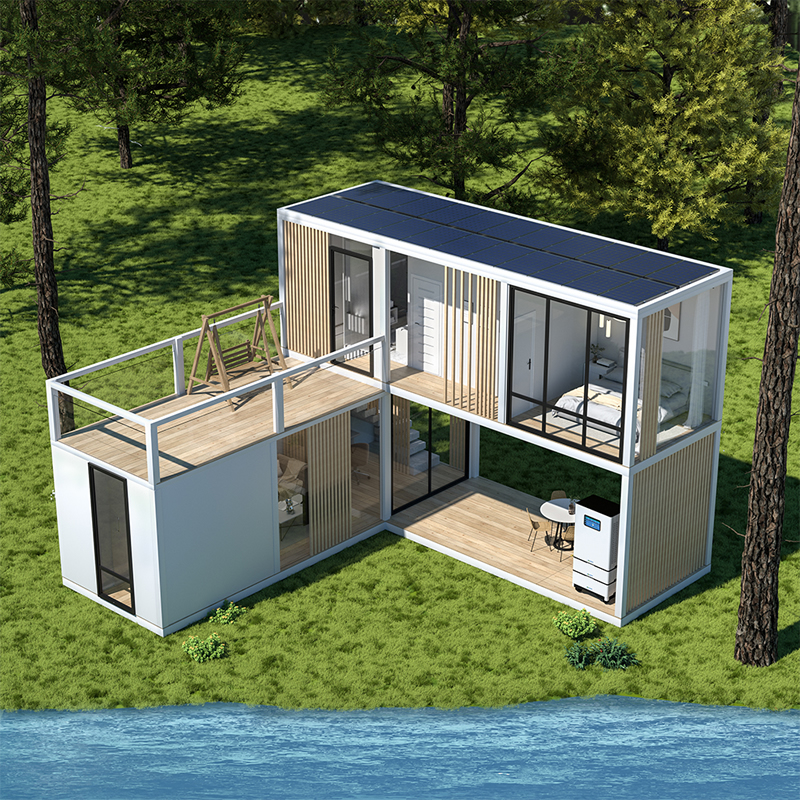

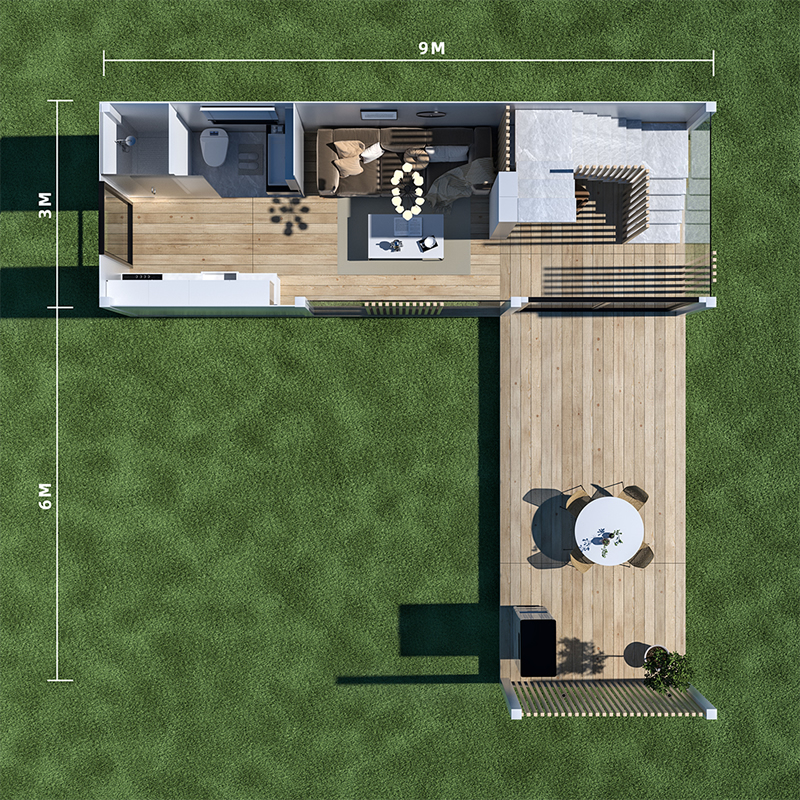

Two-story Zero Carbon House With Solar Energy System

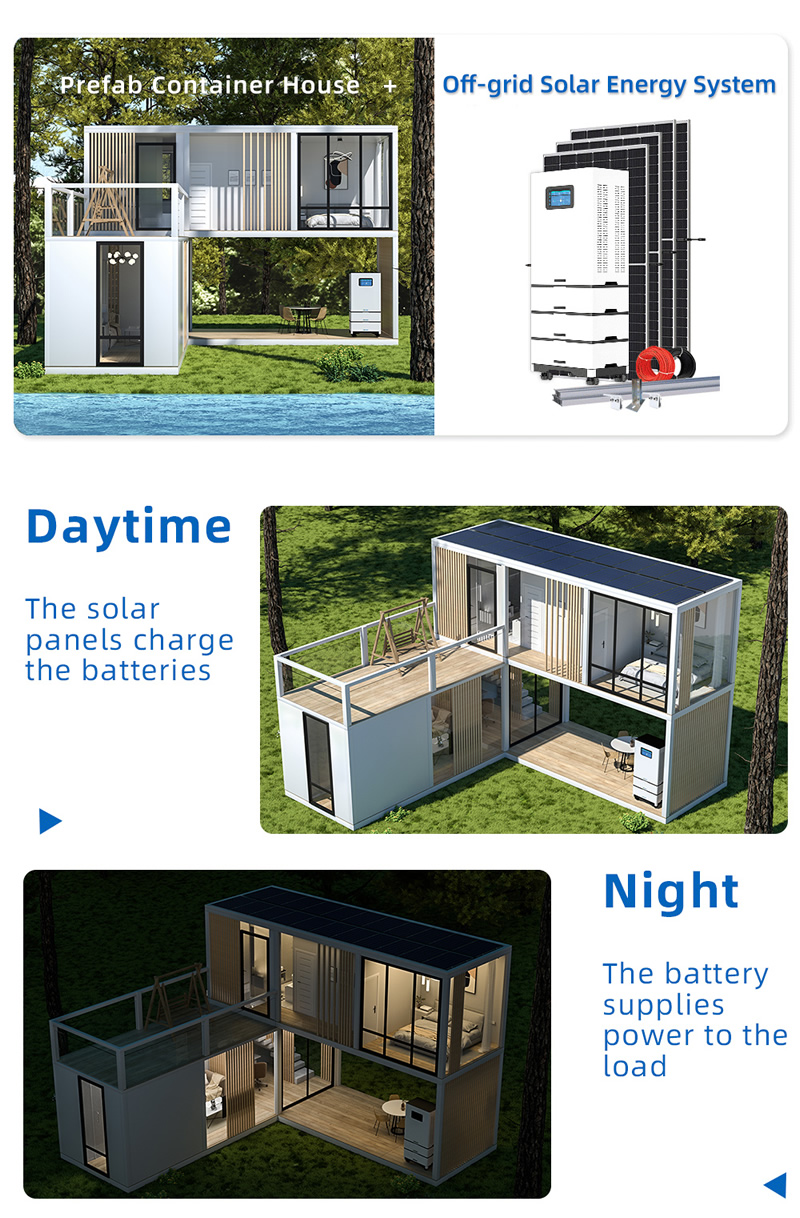
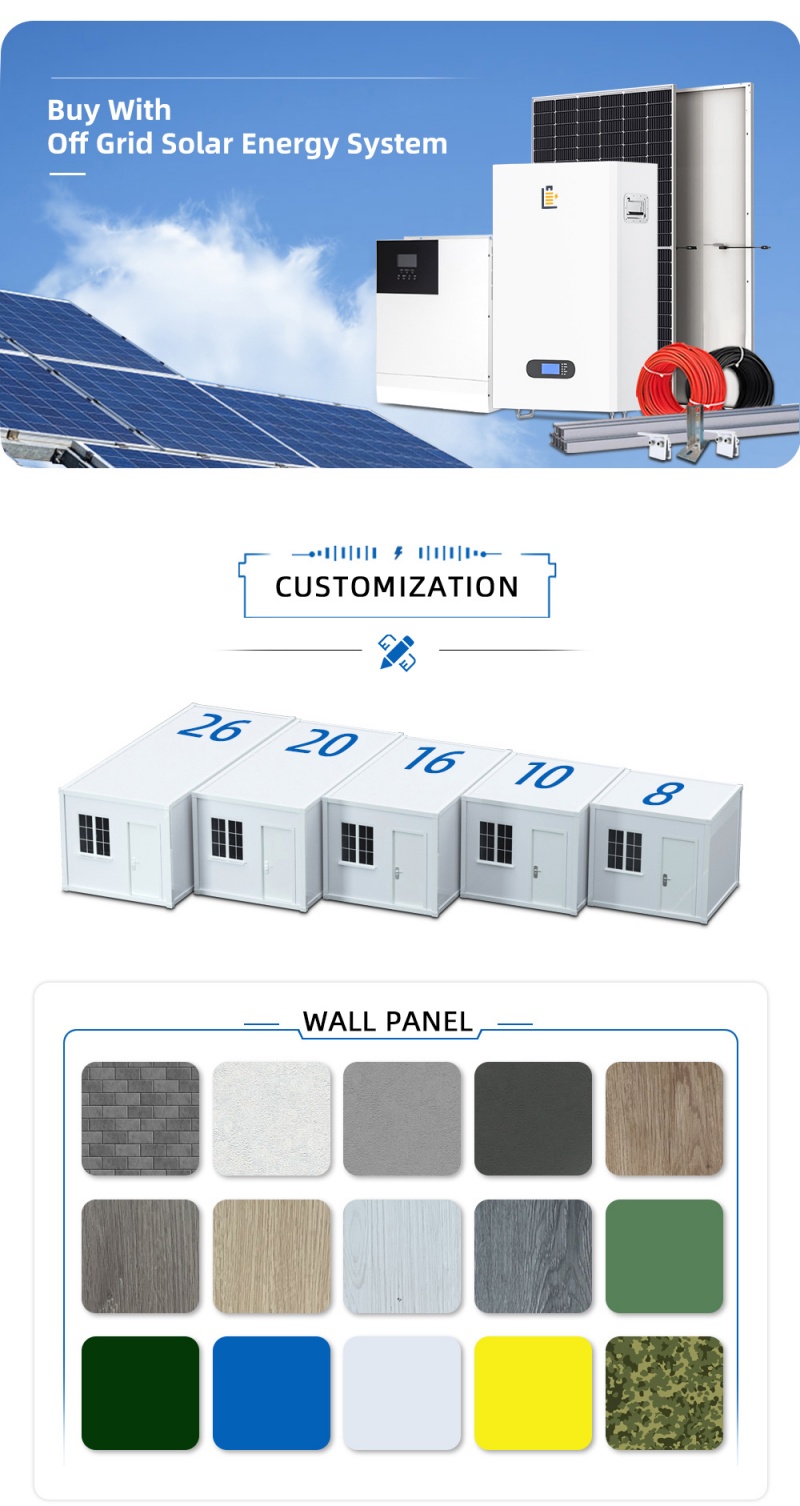
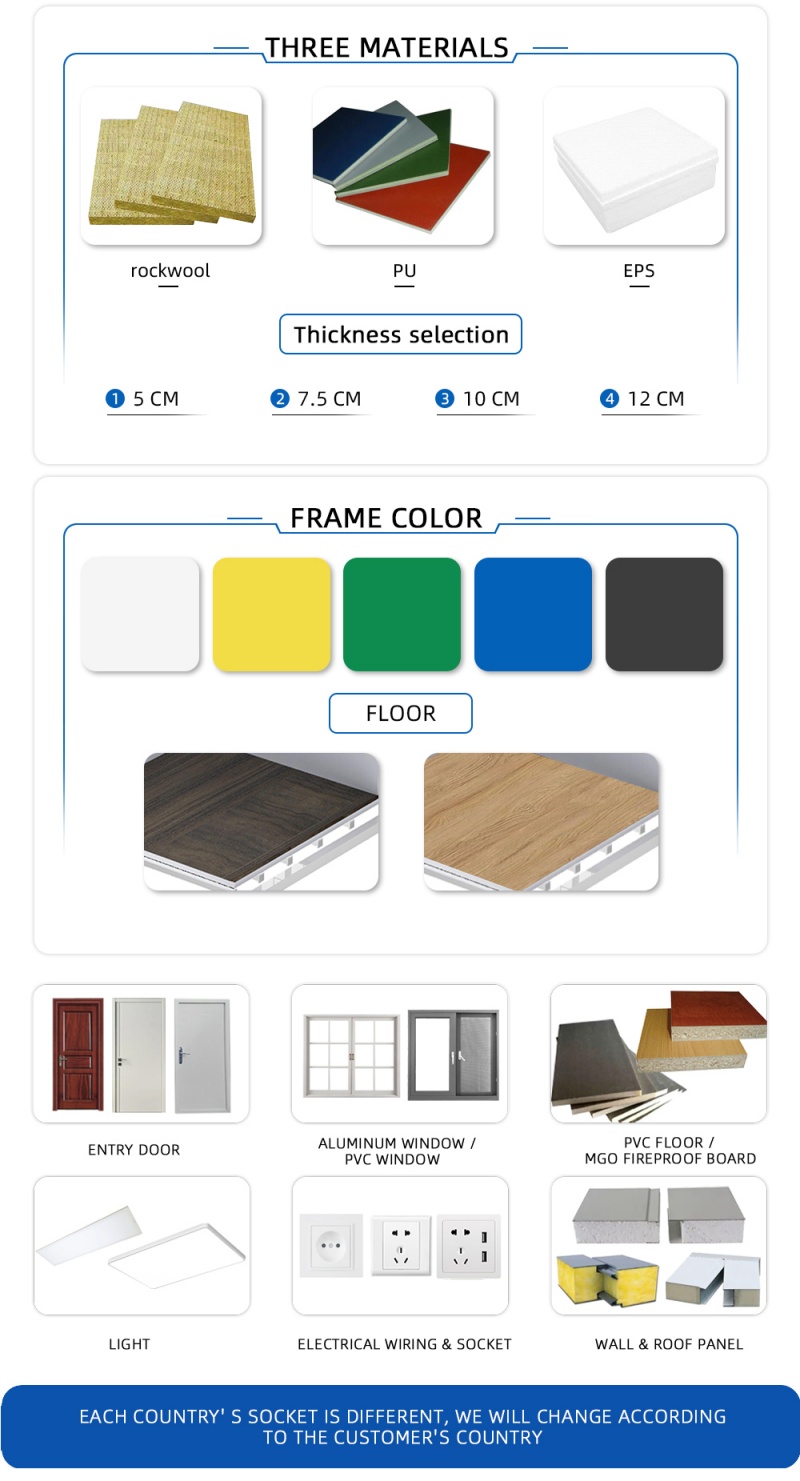
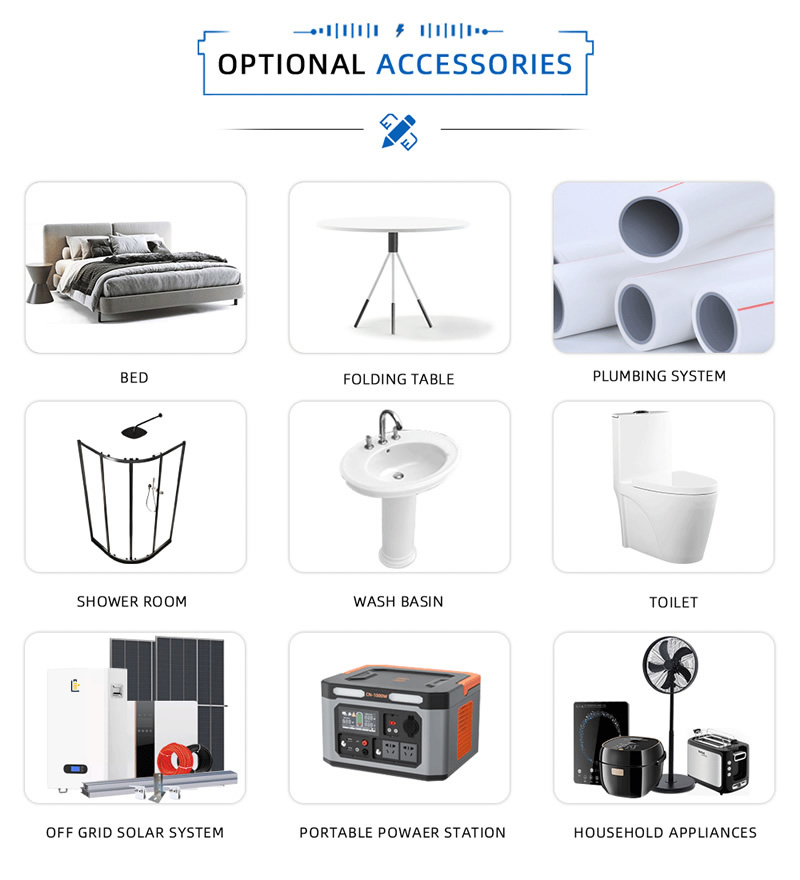
A container house, also known as a shipping container home, is a type of dwelling that is made from repurposed shipping containers. These containers, originally used for transporting goods by sea, are transformed into sustainable and cost-effective living spaces. Container houses have gained popularity in recent years due to their eco-friendly nature, affordability, and flexibility in design. They are constructed by modifying and joining multiple containers together to create a functional and comfortable living space. The containers are often stacked or arranged side by side to form multi-story or single-story homes. One of the main advantages of container houses is their durability. Made from sturdy steel, shipping containers are resistant to harsh weather conditions, making them suitable for various climates. Additionally, container homes can be easily transported and relocated, making them ideal for individuals who prefer a nomadic or flexible lifestyle. Container houses can be customized to fit individual preferences and needs. They can include all the standard features of a traditional home, such as bedrooms, bathrooms, living areas, kitchens, and even outdoor spaces. With thoughtful design and proper insulation, container houses can provide comfortable and energy-efficient living environments.
A solar system refers to a renewable energy system that harnesses the power of the sun to generate electricity. It consists of solar panels, inverters, batteries, and other components that work together to convert sunlight into usable energy. Solar panels, made up of photovoltaic (PV) cells, are the most critical component of a solar system. These panels are installed on rooftops or in open spaces exposed to sunlight. When sunlight strikes the solar panels, the PV cells convert solar energy into direct current (DC) electricity. The DC electricity created by the solar panels needs to be converted into alternating current (AC) electricity for use in homes and businesses. This is done by the inverter, which converts the DC electricity to AC electricity, making it compatible with standard electrical appliances and devices. To ensure a continuous power supply even when the sun is not shining, solar systems often incorporate batteries. These batteries store surplus electricity generated during sunny periods and release it during cloudy days or at night when the solar panels are not producing electricity. Solar systems have numerous advantages. They are a sustainable and environmentally friendly energy solution, as they do not emit greenhouse gases or contribute to air pollution during operation. Solar energy is also a renewable resource, meaning it will not deplete with use. Additionally, solar systems can reduce electricity bills, provide energy independence, and contribute to the overall reduction of the carbon footprint. Overall, container houses and solar systems offer innovative and sustainable solutions for housing and energy needs, showcasing the possibilities of eco-friendly living.
"forge ahead, never forget the original intention"
Here is your enquiry list
